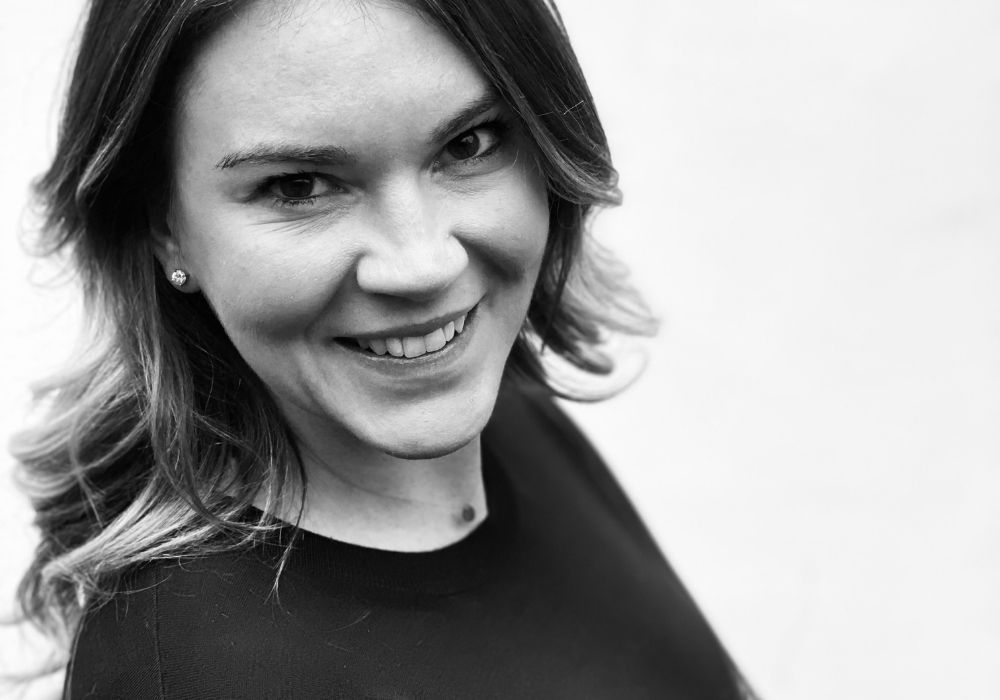Partner Content
You’ve said before that high impact ads belong on every media plan. What’s your strongest argument for that?
The very short version is that high impact, bigger creatives make brands look amazing, so why would they not be on the plan? From a brand perspective, it is giving you a much bigger canvas to work from. Automotive and fashion advertisers spend so much money making their brands look lovely, so when it comes to digital, why pour all that into little formats? It is the equivalent of having a giant store on Bond Street with a tiny window. If you want to create a visual impression, you go for the biggest window possible.
In a recent study from Denmark by OMD, Ekstrabladet and Userneeds, found that high impact formats drove nine times more attention and engagement than standard IAB formats used across the same campaigns. That can’t be ignored.
So what might stop an advertiser from using high impact formats?
The industry has legacy issues around non-standard ad formats, on various fronts. First, there is the standardisation issue. The IAB has standardised smaller formats, but there was never a standard for a skin, a topscroll, a midscroll, so everyone came up with their own version. There isn’t even a standard term for a lot of these ads: some people call a topscroll a skylight; some people call a midscroll a belly-band.
Because high impact formats have not been standardised, it has not been possible for buyers and sellers to seamlessly transact high impact inventory directly through programmatic platforms. It is not easy for publishers to sell them directly either, because where they have got a large number of titles, all their sites are likely to be in slightly different shapes and sizes. That means ads have had to be individually reformatted for every selected website on the media plan, and obviously these are things that we address.
And this is an issue that recurs worldwide?
It is remarkably universal. All we have tried to do, ever since the start, is solve some specific industry problems that everyone tangles with. It came out of [Nordic digital publisher sales and ad tech partner] Concept in Denmark, which was the founding company. They have a lot of titles that they manage and they wanted to be able to run high impact campaigns across all their titles, but they couldn’t, because high impact ads weren’t standardised and they were complicated to transact. And they realised, having built an internal solution, that this was probably a problem a lot of other people were having as well.
And across the board, where you look at publishing groups, it is crazy how many slightly different ways those sites have been built. Agencies in the Nordics have told us that using our technology saves them the equivalent of two people’s time every month. That’s just administering those deals – booking them, getting them up and running and transacting on them. That’s an incredibly big efficiency, and then it gives you more time to do your job, rather than doing admin.
How do you summarise what your technology does?
We act as a technology bridge between agencies and publishers. We standardise high impact formats so that ads render perfectly every time, and you can deploy one set of creatives across a number of different publishers at scale, rather than on a deal-by-deal basis where you have to create bespoke formats or creatives per publisher.
For a brand, it is cost-efficient; for an agency it is cost- and time-efficient because you don’t need to have tons of the same creatives made to fit slightly different publisher sites. From a publisher perspective, you retain control of your yield and control of what is appearing on your site, rather than giving premium inventory to a network to sell on your behalf and give you a rev share. And obviously they get arresting formats to sell that may not necessarily be in their armoury currently.
Can a restored emphasis on creative values compensate for the inevitable decline in the availability of data?
I believe in data, I do think it works. Data and creativity are two avenues that will combine together to make your advertising more efficient. However, I don’t think data alone is the be-all and end-all. We have lived in quite a strange environment with digital advertising, where we have access to an insane amount of information that often obscures what the nuts and bolts of advertising actually are. At the basic level, it is about putting a brand in front of people, making it known, getting their attention and converting that to a sale.
In other media, we are still very aware of the power of broad-based advertising. If you are putting an ad in a newspaper or on TV, you choose the title or the ad breaks you are putting it around; if you are on a billboard, you might choose a particular stretch of road where you know a lot of people are passing on their commute. But in digital, there has been a belief that you have to drill down to one person doing one thing at one specific time. You can be broader than that.
Who is to say that that one person is the only one you’re looking for? Just because I don’t go onto a sports site and get identified as an interested consumer, doesn’t mean I’m not interested in Nike shoes. We have got too into the details. The question to your clients has always got to be: what do you want to get out of this at the end? What does a successful campaign look like? And I don’t know if people are necessarily always asking those questions.
What about the non-Bond Street brands – is high impact relevant to them?
Where we are trying to get to is a position where high impact is recognised as not being just for very expensive campaigns or branding exercises; it can be used all the way through a marketing plan – it just depends on what your KPIs are.
If you have low budgets, you might go for the smaller formats that are cheaper – you push it through programmatic and it goes everywhere. But if that leads to clicks on your site they are not necessarily going to be high-quality ones, because it is just noise. In my opinion, you can make your money go further by investing in formats that will engage your future customers and drive quality leads and conversions over quantity.









